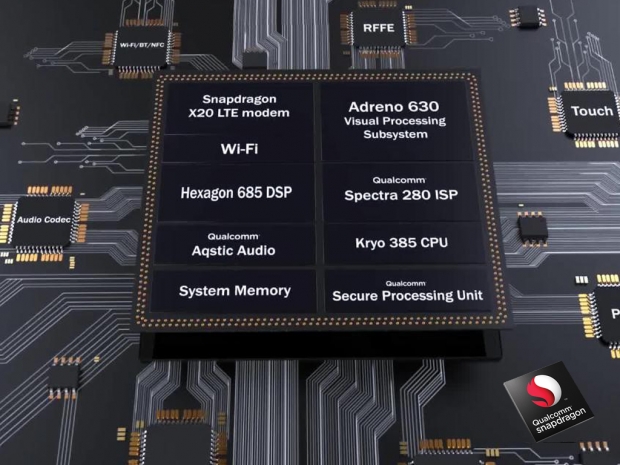In the early stage of the new market segment such as Snapdragon on Windows 10, one of the crucial enablers is the reference design. Asus, HP, and Lenovo have already done the heavy lifting, together with Qualcomm engineers.
It is not easy to create a new market segment and compete in a market where your lead competitor has been working since the beginning of notebooks. The main competitor has even helped to invent the laptop and has decades of experience.
Still, the value proposition of an always connected PC definitely helps. This is a big differentiation and Qualcomm with its carrier partnerships helped getting these devices in mobile carrier stores. Intel had very limited success with that strategy.
More importantly, Qualcomm worked with carriers around the world and helped influence the decision of creating the detailed plans that fit Snapdragon on Windows 10 devices. The irony is that Intel might benefit from this in the long run, but this definitely helps Qualcomm too.
The bottom line is that anyone who makes a phone can suddenly create a tablet-like device, 2-in-1 or a notebook based on Snapdragon 845. There will be more devices from various companies who didn’t make it in the first wave.




